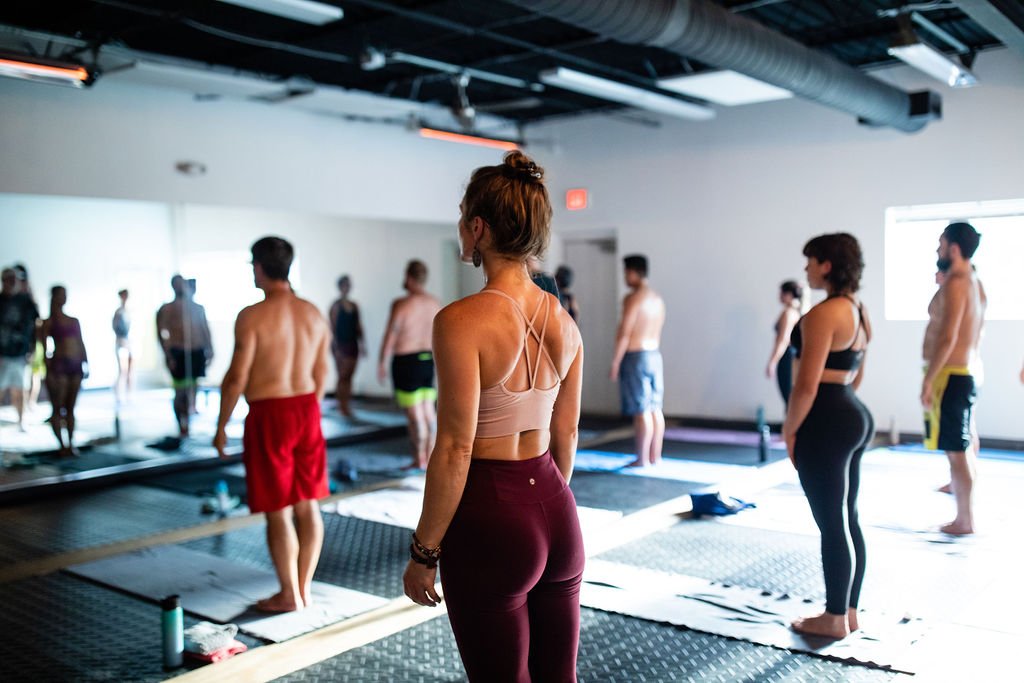
Chronic pain can significantly impact one's quality of life, making effective management strategies essential.
In this article, we explore the world of restorative yoga as a powerful tool for chronic pain management. By incorporating supportive yoga props, gentle stretches, and long-held poses, restorative yoga offers deep relaxation, stress relief, healing, rejuvenation, and a comforting environment.
Backed by evidence-based research, these eight strategies provide a holistic approach to finding relief and freedom from chronic pain.
Supportive Yoga Props
The use of supportive yoga props in chronic pain management is an effective and professional approach to enhance the therapeutic benefits of restorative yoga. Yoga blocks and bolster pillows are two commonly used props that provide additional support and stability during yoga poses.
Yoga blocks are versatile tools that can be used to modify poses and accommodate different levels of flexibility. They help to improve alignment, reduce strain on the joints, and increase stability, making it easier for individuals with chronic pain to practice yoga safely.
Bolster pillows, on the other hand, are soft and cushioned props that provide gentle support to various parts of the body. They can be used to elevate the hips, support the lower back, or provide comfort during relaxation poses.
Gentle Stretches
To enhance flexibility and promote relaxation, gentle stretches are an essential component of restorative yoga for chronic pain management. These stretches not only help to alleviate pain but also increase flexibility and improve overall well-being.
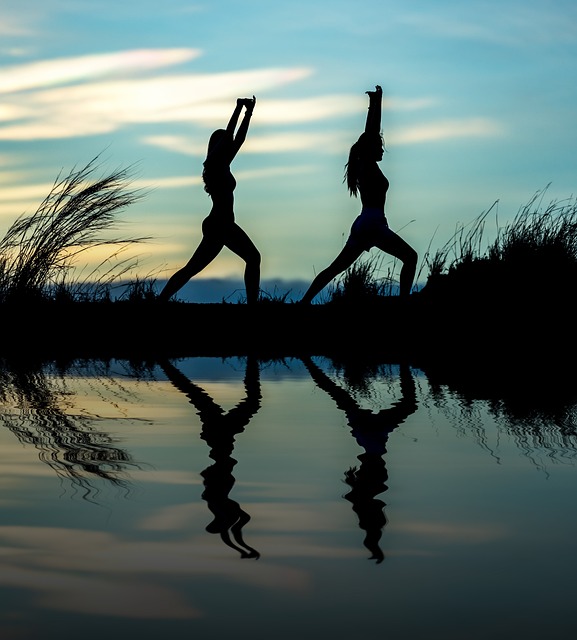
Here are five gentle stretches that can provide pain relief and increased flexibility:
- Child's Pose: This pose gently stretches the lower back and hips, relieving tension and promoting relaxation.
- Cat-Cow Pose: This gentle flowing movement stretches the spine, releasing tension and improving flexibility.
- Standing Forward Fold: This stretch lengthens the hamstrings and calves, relieving tightness and promoting flexibility in the legs.
- Seated Forward Bend: This stretch targets the lower back and hamstrings, helping to relieve pain and increase flexibility.
- Supine Twist: This twist gently stretches the back and spine, promoting relaxation and relieving tension.
Incorporating these gentle stretches into a restorative yoga practice can provide much-needed pain relief and increased flexibility for individuals managing chronic pain.
Long-Held Poses
Long-held poses in restorative yoga provide numerous benefits for chronic pain management. By practicing stillness in these poses, individuals can experience a deep sense of relaxation and release tension in the body.
Additionally, the extended duration of these poses allows for a greater mind-body connection, fostering a sense of awareness and mindfulness that can help individuals better understand and manage their chronic pain.
Benefits of Stillness
Practicing restorative yoga poses in a state of stillness offers a multitude of benefits for individuals managing chronic pain. By incorporating mindfulness practices and focusing on long-held poses, individuals can experience significant pain reduction and find a sense of freedom in their bodies.
Here are five benefits of stillness in restorative yoga:
- Increased body awareness: Stillness allows individuals to tune into their bodies and become more aware of areas of tension or discomfort.
- Deep relaxation: Long-held poses promote relaxation of both the body and mind, helping to alleviate stress and promote a sense of calm.
- Improved flexibility and mobility: Holding poses for an extended period of time helps to gently stretch and release tight muscles, improving overall flexibility and mobility.
- Enhanced breath control: Stillness in restorative yoga encourages deep, mindful breathing, which can help to reduce pain and promote relaxation.
- Mental clarity: By focusing on stillness and the present moment, individuals can experience a sense of mental clarity and a break from the constant mental chatter often associated with chronic pain.
Mind-Body Connection
The mind-body connection is strengthened through the practice of restorative yoga poses, as individuals delve into the world of long-held poses. These poses encourage a deeper level of mindfulness meditation, allowing practitioners to cultivate a heightened awareness of their physical sensations, emotions, and thoughts.

By focusing on the present moment and maintaining stillness in these poses, individuals can develop a greater sense of self-awareness and connection to their bodies.
Additionally, the incorporation of breathwork techniques in long-held poses helps to regulate the nervous system, promoting a state of relaxation and calmness.
The combination of mindfulness meditation and breathwork in restorative yoga poses offers a powerful tool for managing chronic pain, as it allows individuals to tap into their body's natural healing abilities and cultivate a sense of freedom from pain and suffering.
Deep Relaxation
Achieving a state of deep relaxation is essential for individuals seeking effective chronic pain management through restorative yoga. Deep relaxation allows the body and mind to enter a state of calm and release tension, promoting healing and reducing pain. Restorative techniques can help individuals achieve this state by focusing on relaxation and rejuvenation.
Here are five restorative techniques that can facilitate deep relaxation:
- Breath awareness: Concentrating on the breath can help calm the mind and relax the body.
- Guided imagery: Using visualization techniques can transport individuals to a peaceful and soothing mental landscape.
- Progressive muscle relaxation: This technique involves systematically tensing and releasing different muscle groups to promote relaxation throughout the body.
- Yoga nidra: A guided meditation practice that induces a state of deep relaxation and conscious sleep.
- Sound therapy: The use of soothing sounds, like nature sounds or soft music, can help relax the mind and body.
Incorporating these restorative techniques into a regular yoga practice can enhance deep relaxation and provide individuals with effective chronic pain management.
Stress Relief
Restorative yoga offers effective strategies for managing chronic pain by providing stress relief through various techniques.

Mindfulness techniques and breathing exercises are two key practices that can help individuals find relief from the stress associated with chronic pain.
Mindfulness involves focusing one's attention on the present moment and accepting it without judgment. This practice can help individuals become more aware of their thoughts and emotions, allowing them to better manage stress and pain.
Breathing exercises, such as deep belly breathing or alternate nostril breathing, can activate the body's relaxation response and reduce stress levels.
Healing
Healing is a multifaceted process that involves the mind-body connection. Understanding the interplay between our thoughts, emotions, and physical well-being is crucial in promoting healing.
Holistic approaches to healing, such as restorative yoga, offer a comprehensive approach that addresses the root causes of chronic pain. Alternative therapies, like acupuncture and meditation, can also play a significant role in supporting the body's natural healing abilities.
Mind-Body Connection in Healing
The mind-body connection plays a crucial role in the management of chronic pain. When it comes to healing, it is important to address not only the physical symptoms but also the mental and emotional aspects of pain.
Mindfulness meditation is a powerful tool that can help individuals develop a greater awareness of their thoughts and emotions, allowing them to cultivate a sense of calm and reduce stress levels. Breathing exercises, such as deep diaphragmatic breathing, can help regulate the autonomic nervous system and promote relaxation.
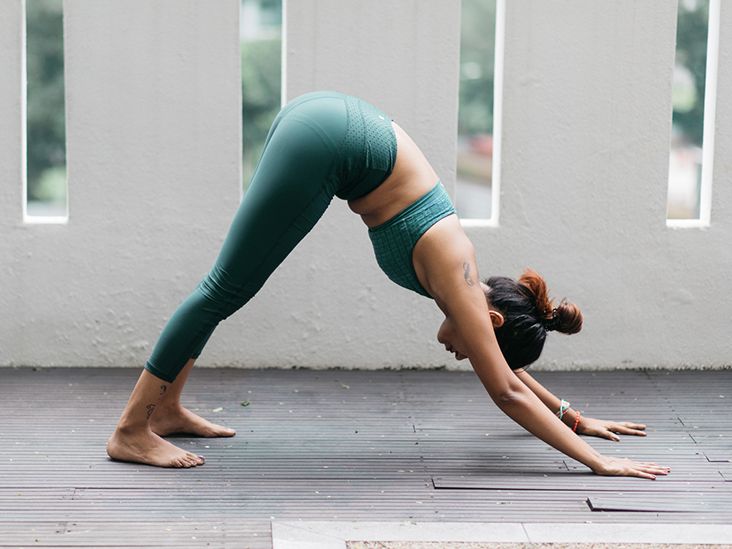
Other strategies that can enhance the mind-body connection in healing include:
- Yoga: Practicing yoga combines physical movement with breath awareness, promoting relaxation and reducing pain.
- Guided imagery: Using visualization techniques can help individuals focus their minds on positive, healing images, reducing pain perception.
- Progressive muscle relaxation: This technique involves tensing and relaxing different muscle groups, promoting physical and mental relaxation.
- Journaling: Writing down thoughts and emotions can help individuals process their pain and gain insights into their healing journey.
- Art therapy: Engaging in creative activities like painting or drawing can help individuals express and release emotions related to pain, promoting emotional well-being.
Holistic Approaches to Healing
One effective approach to managing chronic pain is through the use of holistic techniques.
Holistic approaches to healing recognize the interconnectedness of the mind, body, and spirit, and aim to treat the whole person rather than just the symptoms.
These alternative therapies focus on restoring balance and harmony to the individual, promoting self-healing and well-being.
Holistic approaches often include a combination of therapies such as acupuncture, herbal medicine, massage therapy, meditation, and energy healing.
These techniques can help reduce pain, improve overall health, and enhance quality of life.
Many individuals with chronic pain find relief and empowerment through holistic approaches, as they offer a more comprehensive and natural approach to healing.
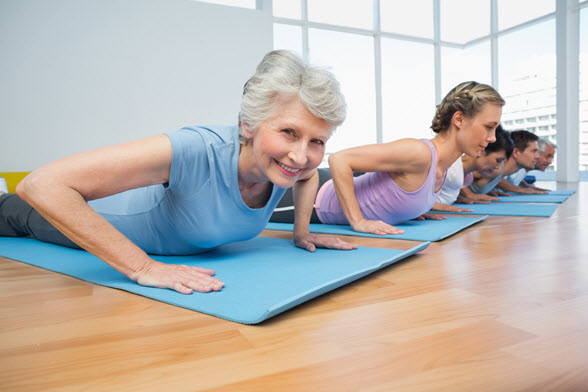
Benefits of Alternative Therapies
Holistic approaches to chronic pain management offer a range of benefits that promote overall well-being and self-healing. Alternative therapies, such as mindfulness practices and pain management techniques, have gained popularity in recent years for their effectiveness in reducing pain and improving quality of life. Here are five key benefits of incorporating these therapies into your pain management regimen:
- Enhanced relaxation: Mindfulness practices, such as meditation and deep breathing exercises, help to calm the mind and relax the body, reducing stress and tension that can exacerbate chronic pain.
- Improved sleep: Many alternative therapies focus on promoting better sleep, which is essential for pain management. Techniques like guided imagery and progressive muscle relaxation can help you achieve a restful night's sleep.
- Increased self-awareness: Alternative therapies encourage self-reflection and inner exploration, allowing individuals to better understand and manage their pain. This self-awareness can lead to improved coping strategies and a greater sense of control.
- Reduced reliance on medication: By incorporating alternative therapies into your pain management routine, you may be able to reduce your reliance on pain medications, minimizing potential side effects and dependency.
- Enhanced overall well-being: Alternative therapies promote a holistic approach to healing, addressing not only physical pain but also emotional and psychological well-being. This comprehensive approach can lead to improved overall well-being and a greater sense of freedom from pain.
Rejuvenation
Rejuvenation is a vital aspect of chronic pain management, enabling individuals to restore their physical and mental well-being.
In the world of restorative practices, rejuvenation is achieved through various self-care techniques that promote relaxation, healing, and renewal.
When dealing with chronic pain, it is important to prioritize self-care activities that address both the physical and emotional aspects of pain.
Restorative yoga, for example, combines gentle stretching, deep breathing, and mindfulness to release tension, reduce pain, and increase flexibility.
Other restorative practices, such as meditation, massage therapy, and acupuncture, can also play a significant role in rejuvenating the body and mind.
Comforting Environment
Creating a soothing and nurturing environment is essential for individuals seeking chronic pain management through restorative practices. When it comes to restorative yoga, the physical space plays a crucial role in promoting relaxation and healing.
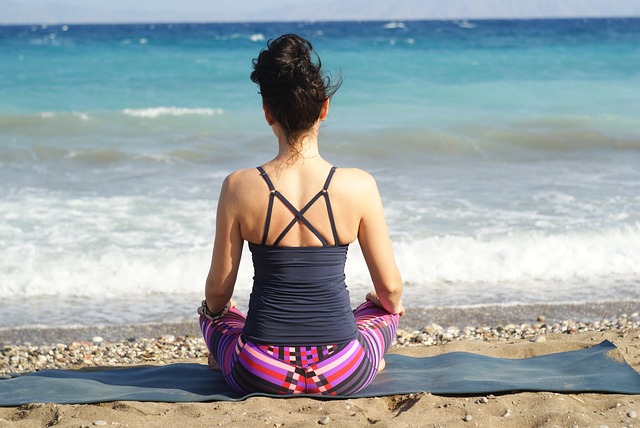
Here are five ways to create a comforting space and a soothing atmosphere for your restorative practice:
- Use soft lighting: Opt for dim, warm lighting to create a calm and cozy ambiance.
- Choose calming colors: Incorporate soft, muted colors such as blues, greens, and pastels to promote a sense of tranquility.
- Add cozy props: Use comfortable cushions, blankets, and bolsters to provide support and enhance relaxation.
- Play calming music: Select gentle, soothing music or nature sounds to create a peaceful backdrop for your practice.
- Eliminate distractions: Create a space free from noise, clutter, and interruptions to allow for complete relaxation and focus.
Frequently Asked Questions
Are There Any Specific Yoga Props Recommended for Chronic Pain Management?
When it comes to chronic pain management, specific yoga props can be recommended to provide support and comfort during restorative yoga practices. These props can help alleviate pain and promote relaxation, allowing for a more effective pain management strategy.
Can Restorative Yoga Help With Conditions Other Than Chronic Pain?
Restorative yoga has been found to have positive effects on conditions beyond chronic pain. Research suggests it can help reduce anxiety and improve sleep disorders. Incorporating restorative yoga into a comprehensive wellness plan may provide holistic benefits.
How Long Should One Hold a Restorative Pose for Maximum Benefit?
Restorative yoga poses should be held for a minimum of 5-20 minutes to experience maximum benefit. This extended duration allows for deep relaxation and restoration of the body. Modifications can be made for individuals with limited mobility.
Are There Any Specific Techniques for Deep Relaxation During a Restorative Yoga Practice?
Techniques for deep relaxation during a restorative yoga practice involve conscious breathing, progressive muscle relaxation, and guided imagery. These techniques promote a parasympathetic response, enhancing stress reduction, pain management, and overall well-being.
What Can Be Done to Create a Comforting Environment for a Restorative Yoga Practice at Home?
Creating a welcoming atmosphere for a restorative yoga practice at home involves setting up props such as bolsters, blankets, and eye pillows. These props help provide comfort and support, allowing for a deeper relaxation experience.
 Business & FinanceHealth & MedicineTechnologyLifestyle & CultureScience & EnvironmentWorld NewsPrivacy PolicyTerms And Conditions
Business & FinanceHealth & MedicineTechnologyLifestyle & CultureScience & EnvironmentWorld NewsPrivacy PolicyTerms And Conditions
